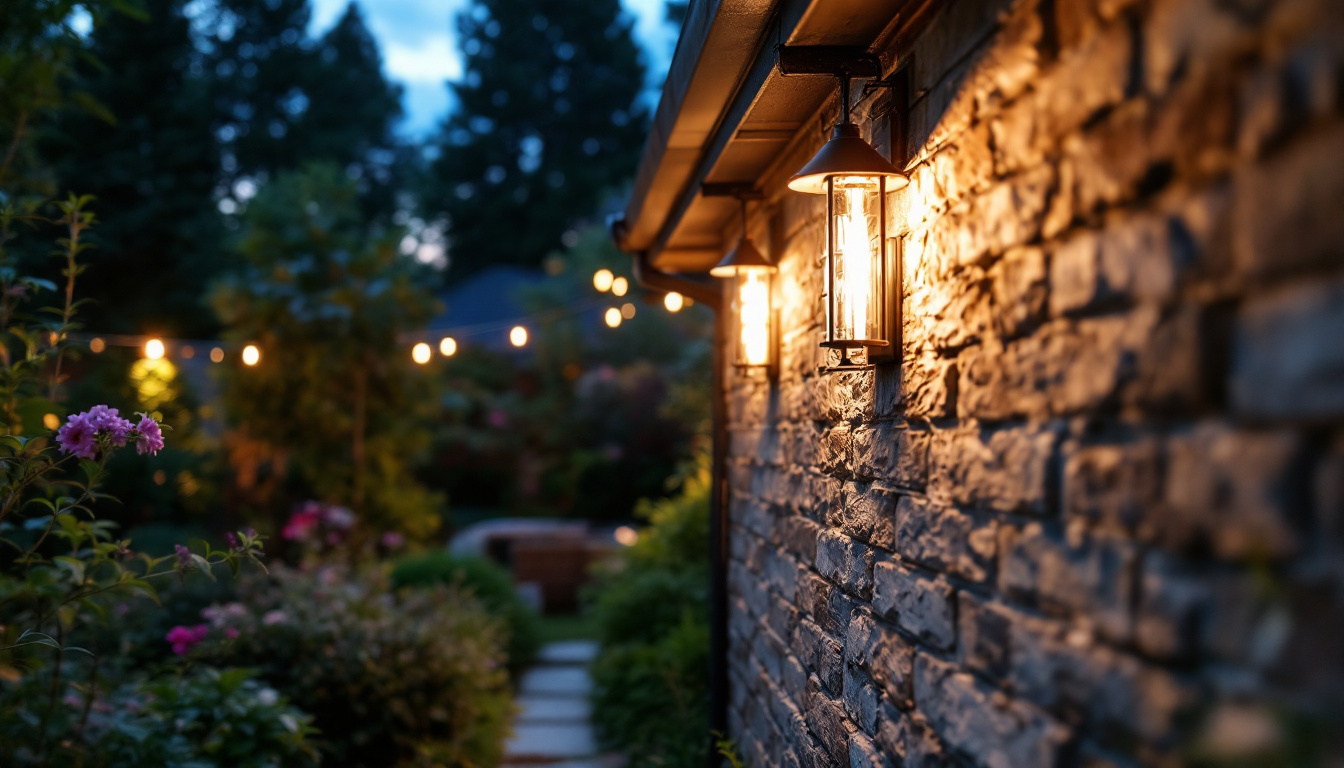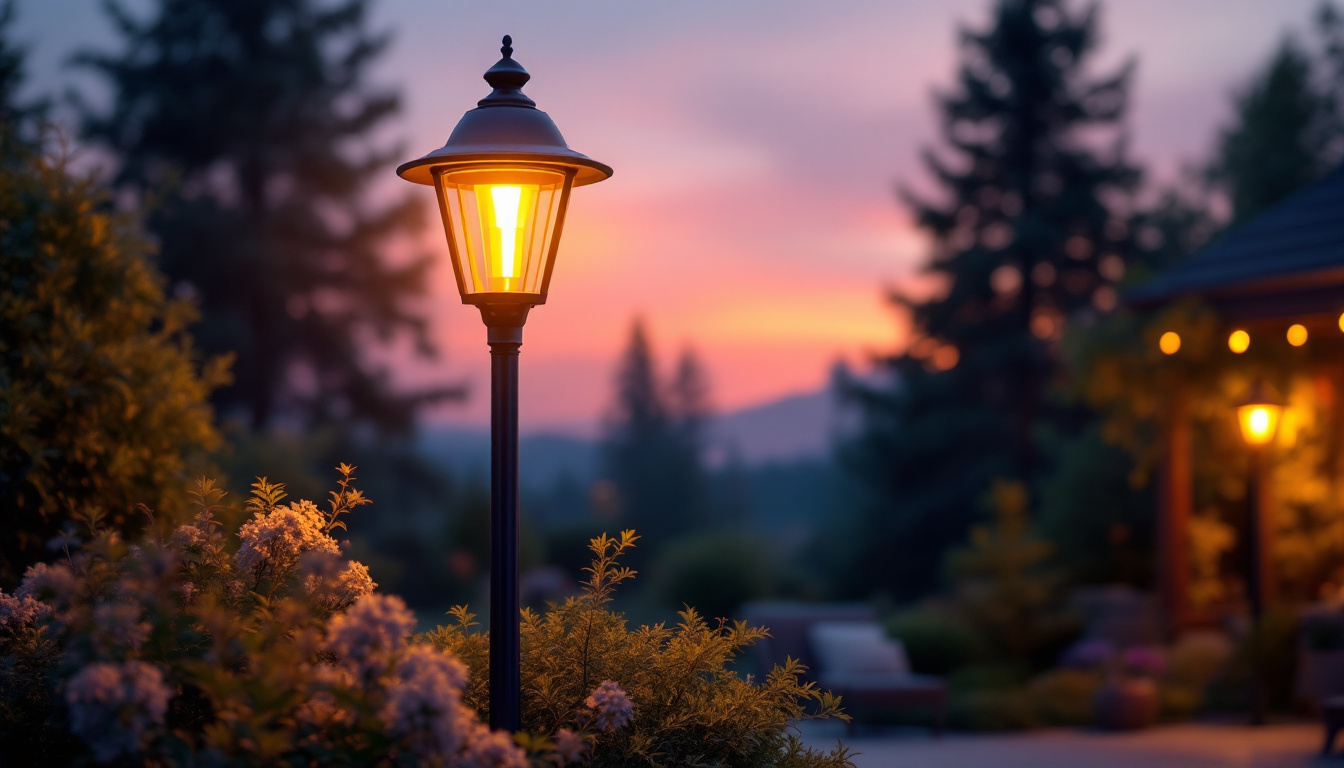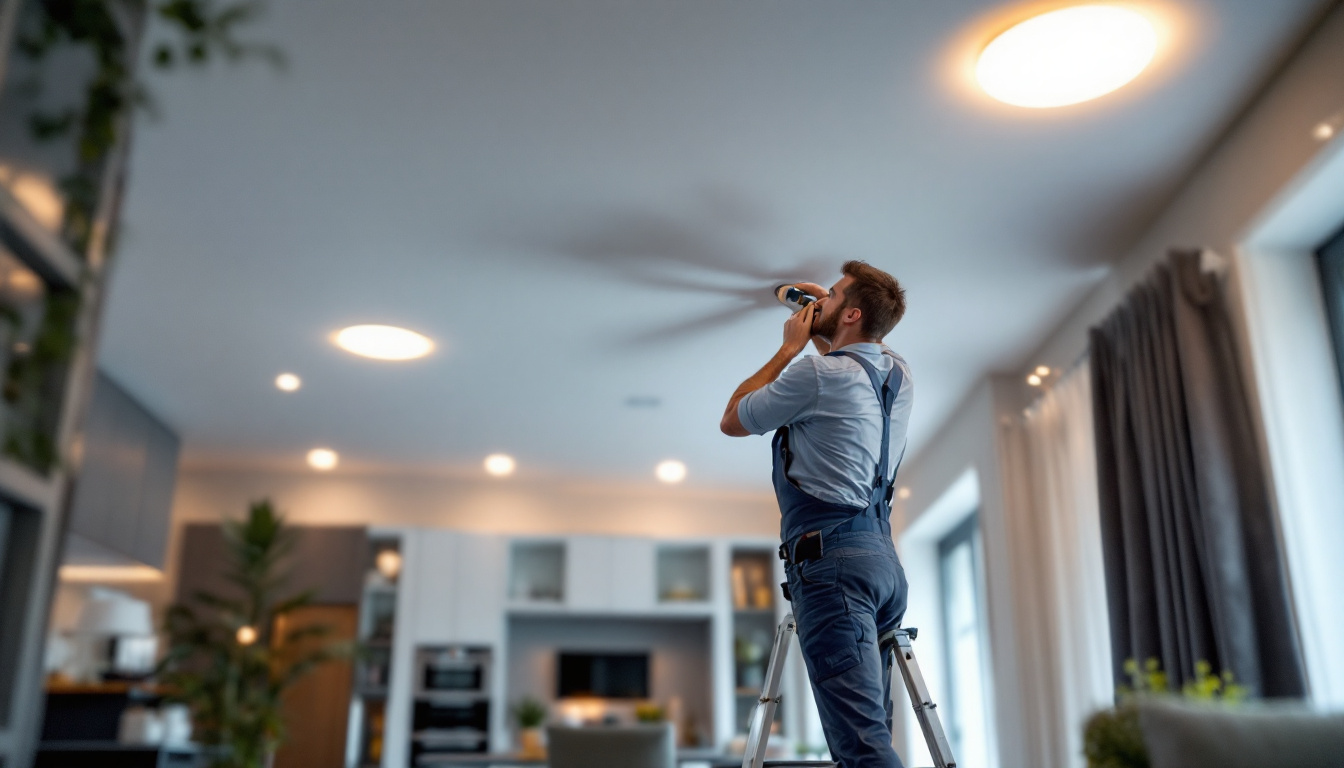
outdoor recessed lighting has become increasingly popular among homeowners looking to enhance their outdoor spaces. These fixtures not only provide illumination but also add a touch of elegance to patios, decks, and gardens. However, for lighting contractors, installing outdoor recessed lights can come with its own set of challenges. Understanding these issues and how to avoid them is crucial for ensuring successful installations and satisfied clients.
Outdoor recessed lights, also known as can lights or downlights, are installed into hollow openings in ceilings or walls, providing a clean and unobtrusive look. They are particularly favored for their ability to blend seamlessly into the architecture of a space. However, the unique conditions of outdoor environments require specific considerations during installation.
There are various types of outdoor recessed lights available, each designed for different applications. Some are specifically rated for wet locations, while others are suitable for damp areas. Understanding these classifications is essential for contractors to ensure proper installation and compliance with local codes.
For instance, wet-rated fixtures can withstand direct exposure to moisture, making them ideal for areas like patios or near swimming pools. On the other hand, damp-rated fixtures are better suited for covered areas where they may encounter humidity but not direct water exposure. Additionally, there are also low-voltage options that can be used in outdoor settings, providing flexibility in design and installation while ensuring safety in areas where standard voltage may pose a risk.
The advantages of outdoor recessed lighting extend beyond aesthetics. These fixtures can enhance safety by illuminating walkways and steps, reducing the risk of accidents during nighttime. Additionally, they can highlight architectural features or landscaping, creating a welcoming atmosphere.
Energy efficiency is another significant benefit. Many outdoor recessed lights now come equipped with LED technology, which consumes less power and has a longer lifespan compared to traditional incandescent bulbs. This not only saves homeowners money on their energy bills but also reduces the frequency of bulb replacements. Furthermore, the use of smart lighting technology allows homeowners to control their outdoor lighting remotely, adjusting brightness and setting schedules to suit their lifestyle, which adds another layer of convenience and energy management.
Moreover, outdoor recessed lighting can significantly contribute to the overall ambiance of a space. By strategically placing these fixtures, homeowners can create a layered lighting effect that enhances the beauty of their outdoor areas. For example, using dimmable recessed lights can allow for a soft glow during intimate gatherings or brighter illumination for outdoor activities, making these fixtures versatile for various occasions. The ability to customize the lighting not only elevates the aesthetic appeal but also fosters a sense of comfort and security in outdoor living spaces.
Despite the advantages of outdoor recessed lights, contractors often encounter several common issues during installation. Recognizing these challenges ahead of time can help mitigate potential problems and ensure a smoother installation process.
One of the primary concerns with outdoor recessed lighting is ensuring that the fixtures are adequately protected against moisture and adverse weather conditions. Improperly sealed fixtures can lead to water ingress, resulting in electrical failures or even hazardous situations.
To avoid these issues, contractors should always opt for fixtures that are rated for the specific environmental conditions they will be exposed to. Additionally, using proper sealing techniques and ensuring that all connections are waterproof can significantly reduce the risk of moisture-related problems. It’s also advisable to regularly inspect and maintain these fixtures, especially after severe weather events, to ensure they remain in good working condition. Implementing a routine check-up schedule can help catch any potential issues early, thereby prolonging the lifespan of the lighting system.
Another common issue arises from the placement and spacing of recessed lights. Poorly positioned fixtures can create uneven lighting, resulting in dark spots or overly bright areas that detract from the overall ambiance of the space.
To achieve optimal lighting, contractors should carefully plan the layout before installation. This includes considering the height of the ceiling, the intended use of the space, and the desired lighting effect. Utilizing lighting design software can also aid in visualizing the final outcome and making necessary adjustments before installation. Furthermore, understanding the beam angle of the fixtures can help in determining how far apart to place them, ensuring that light is distributed evenly across the area. This attention to detail can transform an outdoor space, enhancing both its functionality and aesthetic appeal.
Electrical issues can pose significant challenges during the installation of outdoor recessed lights. Ensuring that the electrical supply is adequate and safe is paramount. Contractors must be aware of local electrical codes and regulations, as these can vary significantly.
It is essential to use appropriate wiring and circuit breakers to handle the load of the recessed lights. Additionally, installing GFCI (Ground Fault Circuit Interrupter) outlets is crucial for outdoor applications to prevent electrical shocks. Proper grounding and circuit protection measures should be a priority during the installation process. Moreover, contractors should consider the potential for future upgrades or expansions when planning the electrical layout. This foresight can save time and resources down the line, as it allows for easier integration of additional lighting features or smart home technology. Keeping abreast of the latest advancements in outdoor lighting solutions can also provide contractors with the tools necessary to deliver high-quality installations that meet client expectations.
To minimize issues and enhance the overall quality of outdoor recessed lighting installations, contractors should follow several best practices. These practices not only improve the installation process but also contribute to client satisfaction.
Investing in high-quality fixtures and materials is essential for long-lasting installations. Contractors should source products from reputable manufacturers known for their durability and performance. While it may be tempting to cut costs by opting for cheaper alternatives, this can lead to increased maintenance and replacement costs in the long run.
Additionally, using high-quality LED bulbs can enhance energy efficiency and reduce the frequency of replacements, providing added value to homeowners. Furthermore, selecting fixtures that are rated for outdoor use ensures they can withstand the elements, such as moisture, UV exposure, and temperature fluctuations, thereby extending their lifespan and maintaining aesthetic appeal over time.
Before beginning any installation, conducting a thorough site assessment is crucial. This involves evaluating the existing electrical systems, understanding the layout of the outdoor space, and identifying any potential obstacles that could affect the installation.
By taking the time to assess the site, contractors can anticipate challenges and develop a comprehensive installation plan. This proactive approach can save time and resources, ultimately leading to a more successful project. Additionally, understanding the unique characteristics of the outdoor environment—such as landscaping features, existing structures, and natural light patterns—can help in strategically placing recessed lights to achieve optimal illumination and enhance the overall ambiance of the space.
Effective communication with clients is vital throughout the installation process. Contractors should take the time to discuss the project scope, timeline, and any potential challenges that may arise. This transparency builds trust and ensures that clients have realistic expectations regarding the outcome.
Additionally, providing clients with information on how to maintain their outdoor recessed lights can enhance their satisfaction and prolong the lifespan of the fixtures. Offering guidance on bulb replacement, cleaning, and seasonal maintenance can help homeowners keep their outdoor spaces looking their best. Moreover, educating clients about the benefits of smart lighting options, such as timers and motion sensors, can empower them to make informed decisions that further enhance the functionality and security of their outdoor areas.
Once the installation is complete, several post-installation considerations can help ensure the longevity and effectiveness of outdoor recessed lighting. These steps are critical for maintaining the quality of the installation and ensuring customer satisfaction.
Encouraging clients to perform regular maintenance checks on their outdoor recessed lights can prevent minor issues from escalating into significant problems. This includes checking for any signs of wear or damage, ensuring that all connections remain secure, and cleaning the fixtures to prevent dirt buildup.
Contractors can provide clients with a maintenance schedule that outlines when to perform these checks, making it easier for homeowners to keep their lighting systems in optimal condition.
After the installation, soliciting feedback from clients can provide valuable insights into the effectiveness of the project. This feedback can help contractors identify any areas for improvement and enhance their services in the future.
By addressing any concerns or issues raised by clients promptly, contractors can demonstrate their commitment to customer satisfaction and build long-term relationships with their clients.
Outdoor recessed lighting offers numerous benefits for enhancing outdoor spaces, but it also presents unique challenges for lighting contractors. By understanding the common issues that can arise during installation and implementing best practices, contractors can ensure successful projects that meet client expectations.
From selecting the right fixtures to conducting thorough site assessments and maintaining open communication with clients, every step of the process plays a crucial role in the overall success of outdoor recessed lighting installations. By prioritizing quality, safety, and customer satisfaction, lighting contractors can navigate the complexities of outdoor recessed lighting and deliver exceptional results.
Ready to elevate your outdoor recessed lighting installations with the highest quality products at the best value? Look no further than LumenWholesale. We provide lighting contractors with spec-grade lighting solutions that meet the most rigorous industry standards. With our direct-to-contractor pricing, you can access premium lighting without the inflated markups often found at local distributors. Plus, with free shipping on bulk orders, you can stock up on all the lighting essentials you need while keeping your costs down. Don’t compromise on quality or price. Wholesale Lighting at the Best Value is just a click away. Experience the LumenWholesale difference today!

Discover how outdoor lamp posts with built-in outlets can transform your exterior lighting solutions.

Discover the essential best practices lighting contractors rely on when working with 120V bulbs.

Discover the advantages of IC rated recessed lights for lighting contractors.

Discover the essential guide for lighting contractors on affordable LED lights.